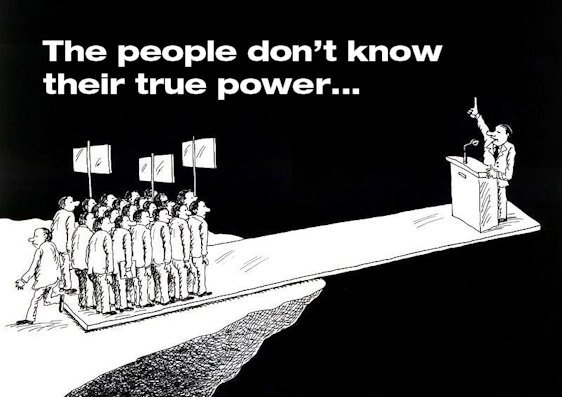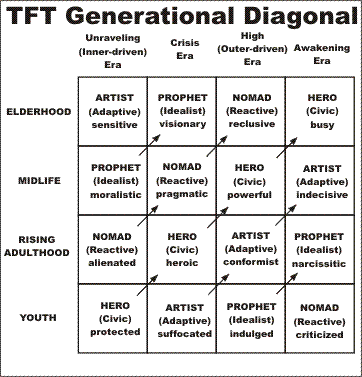Miles Kimball, Time Traveler: Regrets and Gratitude
What do I regret in my life? Let me give a serious answer. Regret implies wishing that one could have done things differently. This involves what the economic historians call a counterfactual history. In order to have a well-defined counterfactual, let me consider the time-travel capability in the wonderful film “About Time,” but stipulate that only I can travel back in time, and I can only do it once. Thereafter, I have to travel forward in time at the rate of 24 hours per day like anyone else.
The Setup: There are two other key things to note about the time travel capability in “About Time.” First, my consciousness from Thanksgiving, 2018 jumps back into my own body at an earlier moment in time. Second, as in the movie, I do not dare go back before the conception of my youngest child, Jordan, in mid 1992, because almost any change in the timeline would lead to a different child being conceived, replacing Jordan with someone else.
One other technical question before I dig in is how much stock-market foresight I would have. Let me assume that the butterfly effect would kick in quickly enough that the detailed history of the stock market would be different. However, just knowing the names of individuals such as Bill Gates, Warren Buffett, Steve Jobs and Jeff Bezos whose companies have continued to be successful would likely give me an ability to do much better than chance in the stock market. I don’t think their success was solely due to chance, so they would be likely to do well even if the timeline was altered. Also, I would have some memory of which business models could work at which stages.
Similarly, knowing which economists later became big names would give me a real insight when it came to recruiting season for the University of Michigan. Knowing someone’s true quality in the present is a big advantage, one doesn’t literally need to know the future. So despite the butterfly effect meaning there would be no exact rerun of history, my knowledge of the true quality of individuals would allow me to predict the future much better than others who hadn’t gone back in time.
Finally, along these lines, knowing what types of economic models people found appealing later on in macro in my original timeline would give my insight into economists’ preferences back in time.
What I Would Do Differently: Besides taking advantage of some of this additional insight, one of the big things I would do differently when I jumped back in time would be to start blogging and do other social media activities earlier—as soon as the technology reasonably allowed. On my blog and in academic articles, I would pursue the same big three projects that are my current focus: negative interest rate policy, fighting the rise of obesity and writing about other aspects of diet and health, and working toward a national well-being index. I wouldn’t be able to remember the text of my papers and blog posts in detail, so I would have to rewrite a lot of things from scratch.
There is some chance that with the knowledge and thinking I would be bringing back in time from 2018 that I could make enough progress in raising the knowledge of central bankers about negative interest rate policy to make a material difference in the Great Recession. The Great Recession might have a different timing, but would probably arrive at some point because of low capital requirements and at least an initial imposition of a zero lower bound. Here I am assuming that I would be a Cassandra about the dangers of low capital requirements—that the key decision-makers wouldn’t listen to me there. But on monetary policy, a more natural bailiwick for me, my knowledge of who were prime candidates for appointment to the Federal Reserve and the ability to play a role in the optimal monetary policy literature early on along with Mike Woodford (contrary to the actual timeline) might give me substantial influence on monetary policy when I spelled out how to eliminate any lower bound on interest rates.
A big help in doing good work would be how all the thinking I have done already in my life would put me ahead. And I would be able to free up some time for all of the other things I am listing here by knowing which things were dead ends.
Except where necessary for influence to avoid seriously bad outcomes, I wouldn’t be very interested in stealing a march on economic discoveries that in the actual timeline someone else made and did a good job with. In our actual timeline, I have always prized trying to work on things where I thought I would make a real difference relative to what would happen if I did nothing in that area.
In my private life, the greater maturity I have now at 58, carried back in time, plus the much deeper knowledge of Gail that I have now, would allow me to avoid or temper many of the arguments in my marriage that my wife Gail alludes to in the title of her post “Marriage—Not for the Faint of Heart.” Also, I love Gail much more now than I did in mid 1992. That would add a lot to our marriage.
My oldest son, Spencer, killed himself at the age of 20, in 2009. (See Gail’s post “The Shards of My Heart.”) His chronically low mood would still be an issue. The anti-depressants he used in the actual timeline didn’t do the trick. It is possible that trying others could have helped, which would be easier to experiment with starting earlier. Trying to have him acquire psychological self-management skills earlier might make a bigger difference. I also think I would involve him in writing posts on my blog. In late high school and in college, he showed quite a bit of writing talent. And I would hope that blogging as well as writing poetry as he did in the actual timeline would help give him a sense of purpose.
One powerful tool that I have only acquired in the last year-and-a-half is training as a career coach/life coach from the Coach Training Institute. Even just what I would remember from this could help me enormously back in time. I would also seek training as early as I could.
(In the actual timeline I finished the core curriculum at the end of September, 2018, and am set to go on for advanced training starting in May, 2019. That advanced training includes a practicum in which I need to have actual clients to work with. I would love to have some clients from among the readers of my blog! Contact me if you are interested. My email address is easy to find online.)
Summing Up—Gratitude: When I look at the picture of what I would do differently, it is much like my actual life, but getting to all of the good stuff sooner. I love my life and what I get to do everyday. If I had it to do over again, I would definitely do things differently, but I would be headed the same place. I am a lucky man.
Don’t miss my Thanksgiving column “Gratitude Is More Than Simple Sentiment: It Is the Motivation That Can Save the World.”











